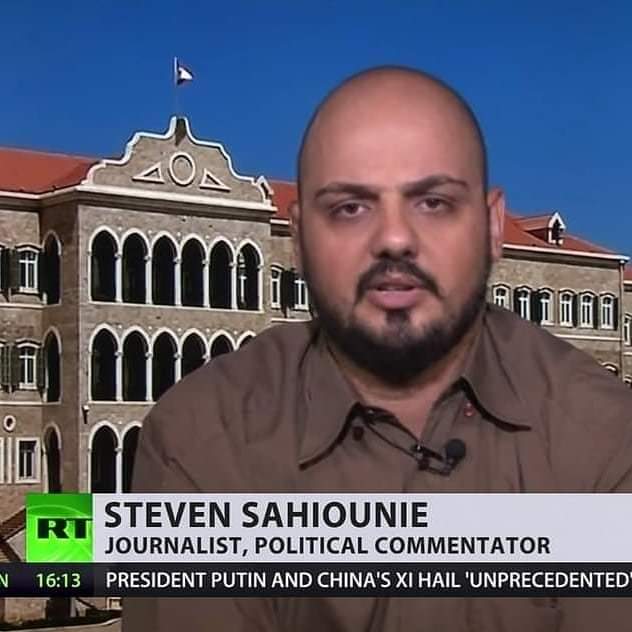Steven Sahiounie, journalist and political commentator
The truce between Iran and Israel is just hours old, and already on shaky grounds. Israel Katz, Defense Minister of Israel, ordered "intense strikes" on the Iranian capital, Tehran, after accusing Iran of violating a truce brokered by the United States and Qatar.
Iran denied the claim and warned its Iranian security forces to stand ready to respond to any Israeli violations of the ceasefire. The military in Iran has denied launching any missiles at Israel past the official ceasefire agreement, according to Iranian official media reports.
The ceasefire agreement between Israel and Lebanon has been violated repeatedly by Israel, according to the UN and the Lebanese government. Israel has a long history of violating international agreements and international law, such as the case of committing genocide in Gaza and preventing starving people from readily available food.
Experts warn that Israel may not respect the ceasefire because it was seemingly imposed upon them by U.S. President Donald Trump, who sees himself as a peacemaker. Trump dubbed the conflict "the 12-day war" and hailed the ceasefire as the chance for "peace and harmony" to return to the Middle East.
Experts and historians recall that the Middle East was not in peace, or harmony, before this recent military conflict between Iran and Israel. Most will point to the never-ending conflict created by the occupation of Palestine, and the Israeli denial of even the basic human rights to Palestinians in Gaza and the Occupied West Bank.
Iran has made the political ideology of resistance to the occupation part of their fundamental policy. While the cause of ending the occupation is noble, some Iranian citizens feel the time has come to concentrate on domestic issues, and the nuclear program has been used against the Iranian people by Israel to thwart their prosperity and progress. While most of the Iranian people stand with their government while under attack, there is a sizeable segment of the population that would like to see a policy change that could normalize their relations with the U.S. and the West.
Trump made the ceasefire announcement on June 23, and the deal was set to take effect at 4:00 a.m. Tehran time. Iranian Foreign Minister Abbas Araghchi said, "We have no intention to continue our response afterward."
Araghchi cautioned the Iranian side would respect the Trump-brokered ceasefire as long as Israel abided as well.
The deal was accepted by Israel after "achieving the objectives" of its unprovoked attack on Iran. But, just two hours later, Katz was crying foul, and threatening a response.
Before the ceasefire, Iran had launched missiles at the US military base, Al Udeid, in Qatar. This was an orchestrated reply to the U.S. attack on Fodo, Isfahan, and Natanz. All the missiles were intercepted, and there were no casualties or damage. The American personnel had been moved ahead of time in a coordinated plan, with Iran warning the Qataris before launch.
Iran's Foreign Ministry said the missile attack on the Al Udeid base was a legitimate response under Article 51 of the UN Charter because the U.S. attack on Iran was unprovoked.
"Iran has officially responded to our Obliteration of their Nuclear Facilities with a very weak response, which we expected, and have very effectively countered," Trump posted on his social media site.
For days, the world sat on the edges of their seats, wondering if or when would Trump decide to bomb the nuclear facilities in Iran. Finally, in the early hours of June 22, operation 'Midnight Hammer' was launched by Trump. The mission involved 125 U.S. military aircraft and targeted three nuclear facilities at Fordo, Natanz, and Isfahan.
Seven B-2 stealth bombers, unable to be detected by air defenses, flew into Iran and hit the nuclear sites. The mission included two dozen cruise missiles launched at the Isfahan site from a submarine, with 75 "precision-guided weapons" in total used during the operation.
At Fordo, Fourteen GBU-57 Massive Ordnance Penetrators (MOPs) were dropped on the nuclear enrichment facility buried deep below a mountain outside Tehran, which is the key to Iran's nuclear program. The bomb can penetrate 61m (200ft) underground before exploding.
(Note: You can view every article as one long page if you sign up as an Advocate Member, or higher).





